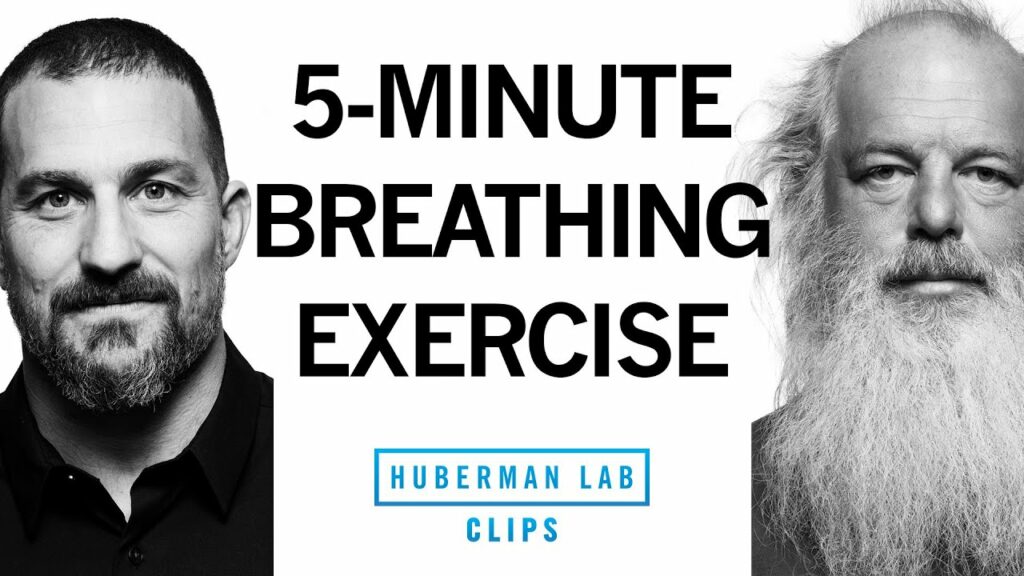5 Minute Breathing Exercise – Rick Rubin & Andrew Huberman

Enhancing Heart Rate Variability: A Coherence Breathing Exercise In this article, we explore a coherence breathing exercise designed to increase heart rate variability (HRV) and promote relaxation and well-being. Developed as a tool for enhancing HRV, this exercise offers a simple yet effective way to manage stress and improve overall health. Shop Huberman On Amazon […]
Doctor Andrew Huberman

Neuroscience Unveiled: Insights from Dr. Andrew Huberman Exploring the Brain, Behavior, and Optimal Performance Shop Huberman On Amazon Welcome to “Neuroscience Unveiled,” where we embark on a journey into the fascinating world of neuroscience with insights from Dr. Andrew Huberman. In this exploration, we’ll delve into cutting-edge research and discoveries that shed light on the […]
